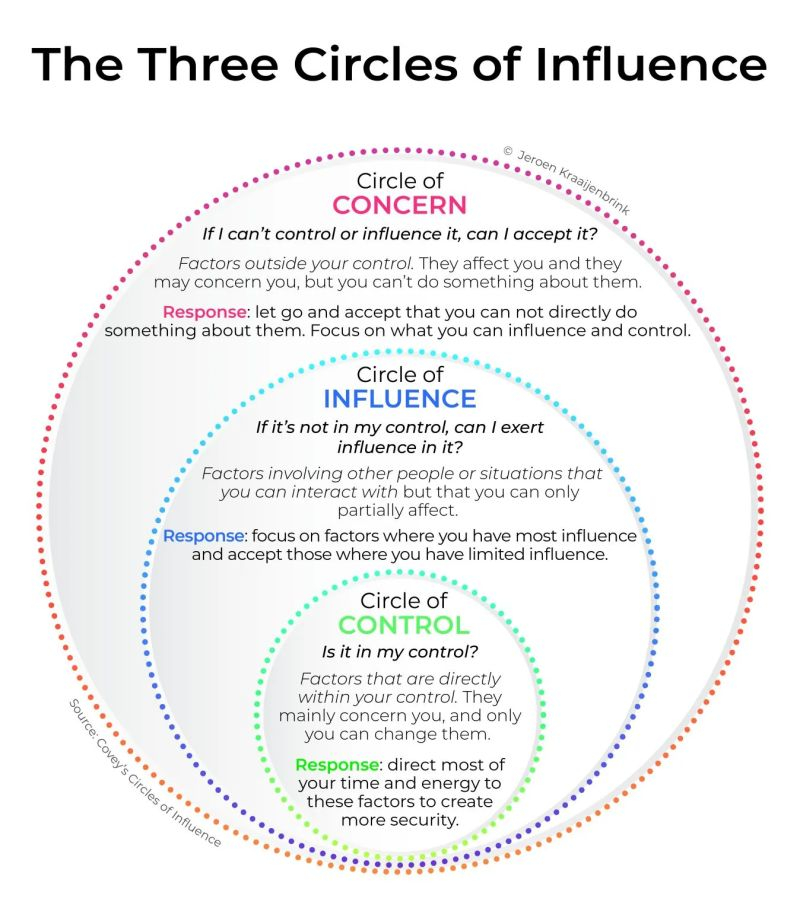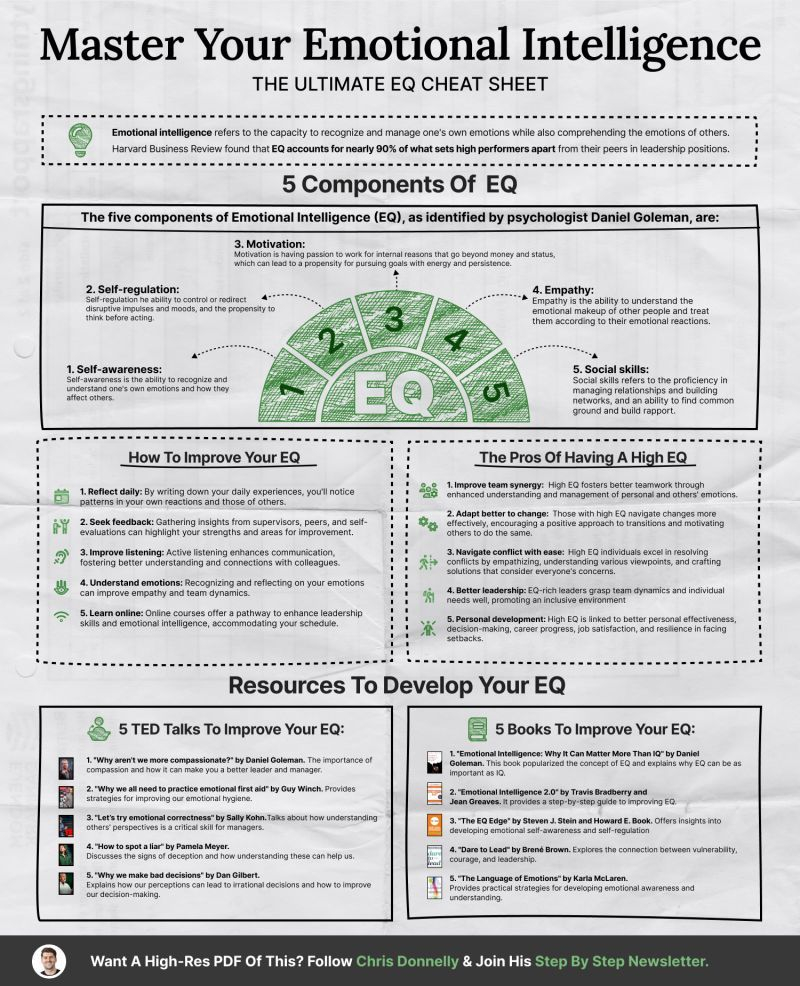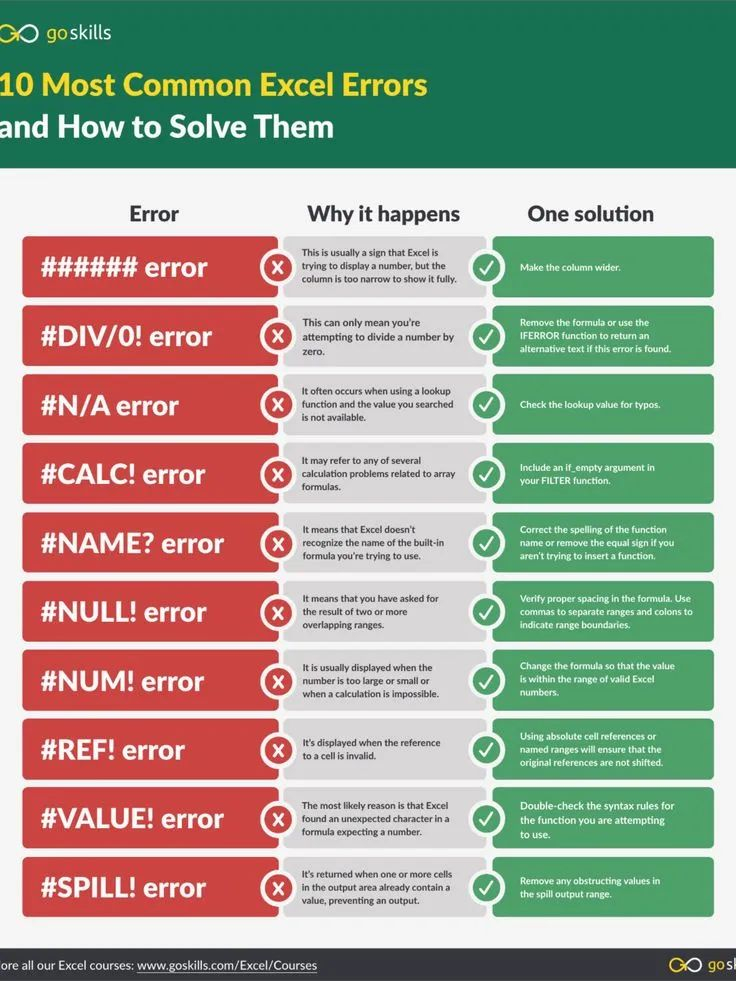Did you know: 80% of your results come from just 20% of your actions?"
This is the Pareto Principle in action – and it’s perfectly reflected in Covey’s 7 Habits of Highly Effective People.
Here’s what makes these habits powerful:
Be Proactive (Habit 1): Focus on your circle of influence. Don’t waste energy on things you can’t control.
Begin With the End in Mind (Habit 2): Define your mission statement. Visualise your goals.
Put First Things First (Habit 3): Use the urgent vs important matrix. Prioritise meaningful tasks over distractions.
Takeaways:
20% of your actions (the important ones) lead to 80% of your success.
Covey’s habits teach us to focus on high-impact activities rather than being busy for the sake of it.
Start small. Shift just 1–2 hours per week toward important, long-term priorities.
Which of these habits do you practise daily?
From 7 Habits of Highly Effective People by Stephen R. Covey
Infographics by Smart Reading
This is the Pareto Principle in action – and it’s perfectly reflected in Covey’s 7 Habits of Highly Effective People.
Here’s what makes these habits powerful:
Be Proactive (Habit 1): Focus on your circle of influence. Don’t waste energy on things you can’t control.
Begin With the End in Mind (Habit 2): Define your mission statement. Visualise your goals.
Put First Things First (Habit 3): Use the urgent vs important matrix. Prioritise meaningful tasks over distractions.
Takeaways:
20% of your actions (the important ones) lead to 80% of your success.
Covey’s habits teach us to focus on high-impact activities rather than being busy for the sake of it.
Start small. Shift just 1–2 hours per week toward important, long-term priorities.
Which of these habits do you practise daily?
From 7 Habits of Highly Effective People by Stephen R. Covey
Infographics by Smart Reading
Did you know: 80% of your results come from just 20% of your actions?"
This is the Pareto Principle in action – and it’s perfectly reflected in Covey’s 7 Habits of Highly Effective People.
Here’s what makes these habits powerful:
Be Proactive (Habit 1): Focus on your circle of influence. Don’t waste energy on things you can’t control.
Begin With the End in Mind (Habit 2): Define your mission statement. Visualise your goals.
Put First Things First (Habit 3): Use the urgent vs important matrix. Prioritise meaningful tasks over distractions.
🔑 Takeaways:
20% of your actions (the important ones) lead to 80% of your success.
Covey’s habits teach us to focus on high-impact activities rather than being busy for the sake of it.
Start small. Shift just 1–2 hours per week toward important, long-term priorities.
Which of these habits do you practise daily?
From 7 Habits of Highly Effective People by Stephen R. Covey
Infographics by Smart Reading
0 Comentários
0 Compartilhamentos
277 Visualizações
0 Anterior








